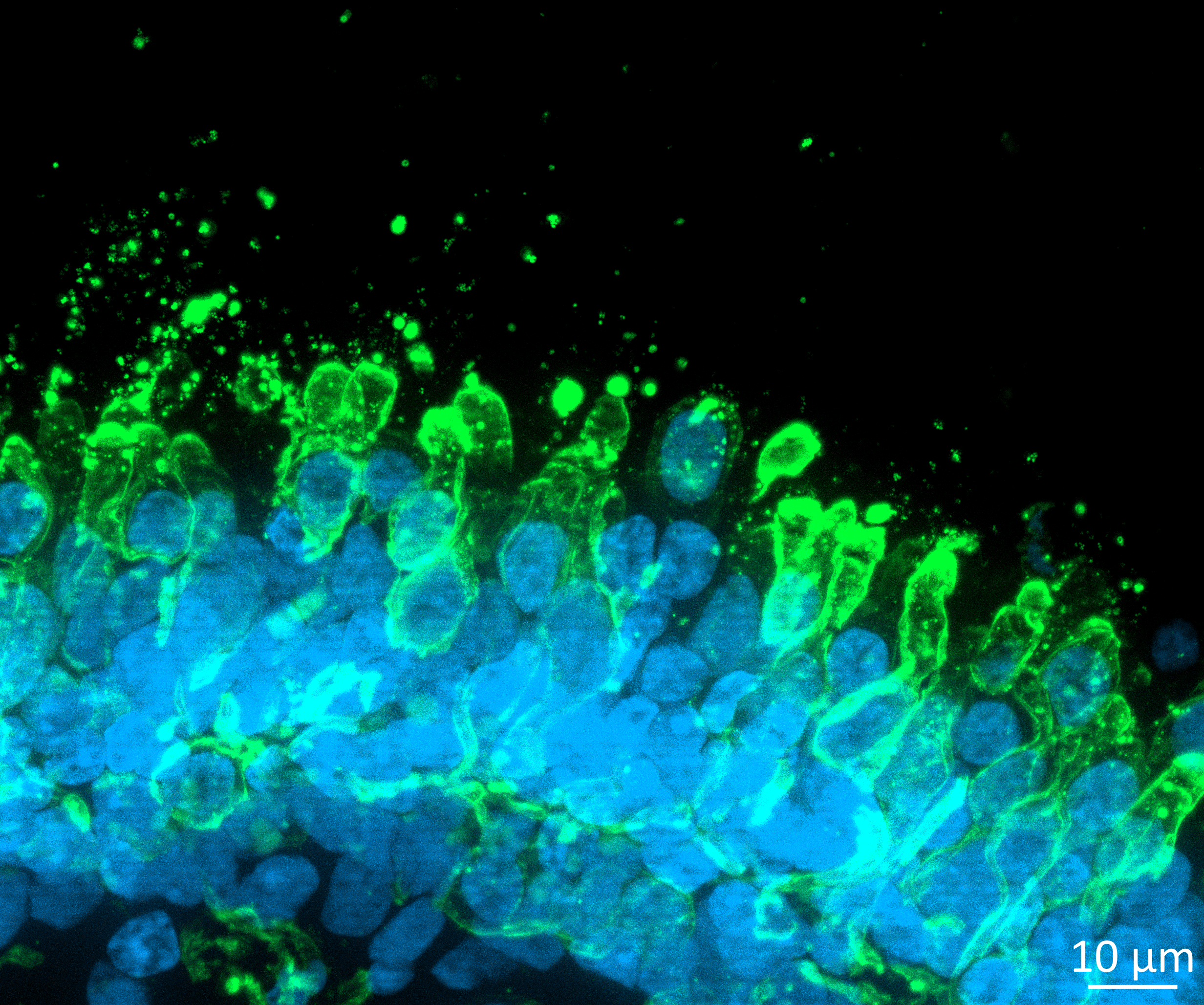iPSC-derived Retinal Organoids: an alternative in vitro model for drug discovery
Our Head of iPSC Technology, Dr Valeria Chichagova recently delivered a webinar on the development of human induced pluripotent stem cell (iPSC)-derived retinal organoids for use as an in vitro model for drug discovery, gene therapy and disease modelling. Here are the highlights of the discussion.

What retinal models are available for drug development?
Animal models are the most frequently used for investigating safety and efficacy of ophthalmic drugs. However, due to several key physiological differences, animal models do not always recapitulate the right phenotype of the human retina.
Human retinal explants are available, but tissue access is challenging, there is a short window of use and the quality of the tissue is difficult to ascertain prior to receiving it, therefore limiting the applications it can be used for. Primary retinal cells display large donor to donor variability. In addition, species differences need to be considered when using animal primary cells as models of human retina. Finally, immortalized cell lines last longer in culture but they quickly lose features of the original cell population limiting their applications. The greatest disadvantage of using primary cells and immortalized cell lines is that they do not recapitulate the complex interactions between the different retinal cell types.
To address the challenges of the current models, Newcells’ aim is to develop a human in vitro model of the retina using iPSCs and to make it accessible for wider use.
What are the advantages of Newcells’ retinal organoids?
Newcells’ retinal organoids have advantages over other existing models:
Physiological relevance – Newcells’ retinal organoids are derived from human iPSCs, contain the key cell types of the neuronal retina and have the ability to respond to light. Additionally, for some applications such as initial assessment of novel gene therapy vectors, human organoids may replace the need for the use of animal models and provide a platform for an initial screen for efficacy and off-target effects.
Disease modelling – Newcells’ retinal organoids can be produced from healthy donors and from patients with inherited retinal diseases (IRDs) retaining the characteristics of the disease phenotype found in patients. These retinal organoids provide an alternative tool for developing novel therapeutics for IRDs.
Accessibility – Newcells produces batches of human retinal organoids every 4-6 weeks in 96-well plate format allowing for on-demand supply to our customers. These organoids are shipped internationally as a ready to use assay.
How reproducible are Newcells’ retinal organoids?
We have an established manufacturing and quality control process, producing retinal organoids from the same iPSC line which means that there is no donor to donor variability.
Further developments of the retinal portfolio of products
Newcells takes great pride in being at the forefront of technology and we are working towards the next generation of retinal products.
In addition to retinal organoids, we are in the process of developing a 2D model of RPE cells generated from human iPSCs, which, when launched, can be shipped as a companion tool to retinal organoids. These RPE cells display typical cobblestone morphology, are pigmented and have been shown to have key functions found in vivo, including formation of tight barrier and phagocytosis of photoreceptor outer segments.
To enhance our current retinal organoid model, we are developing an immunocompetent model of the human retina containing microglial cells.
To better support translational studies and drug screening, Newcells is also developing retinal organoids from relevant preclinical species such as non-human primates (NHP) and building a bank of iPSC lines derived from patients with IRDs.
Interested in our iPSC-derived retinal model?
In addition to our ready to use assays, we also offer a high quality and reliable service for assessment of customer compounds carried out by our experienced scientists. Our service includes the design, development and completion of study protocols in our UK laboratories, working closely with our iPSC expert, Dr Chichagova to design a tailored study design that best delivers the data required.
For more information contact us.
Interested in our iPSC-derived retinal model?
In addition to our ready to use assays, we also offer a high quality and reliable service for assessment of customer compounds carried out by our experienced scientists. Our service includes the design, development and completion of study protocols in our UK laboratories, working closely with our iPSC expert, Dr Chichagova to design a tailored study design that best delivers the data required.
View ModelShare on social media:
Don't miss out on our latest innovations: follow us on Linkedin
Newcells Biotech
5th November, 2021
Products
Retina


